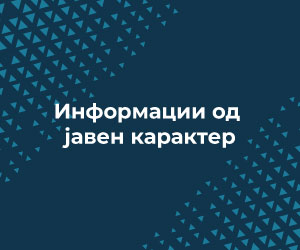Components of financial management and control are:
- Control Environment;
- Risk Management;
- Controls;
- Information and Communications, and
- Monitoring.
Control environment
The control environment is the foundation of the entire system of internal controls. It provides discipline in the organization and climate that affect the general quality of internal controls. It affects the determination of strategy and
objectives, ie the control activities of the organization. Control environment gives tone to the organization and affect the consciousness of employees about the importance of control. The control environment includes: personal and professional integrity and ethical values of the manager and employees in the subject, philosophy and style of operation of the head, organizational structure, policy and practice of managing human resources and competence of employees.
Risk Management
Risk management is the process of identification and analysis of relevant risks that may adversely affect the objectives of the organization and determine appropriate measures against. The risk assessment includes: determining the risks, their evaluation, ranking of risks and determining responses to risk, ie the establishment of controls.
Controls
Controls are based on policies and procedures are introduced and implemented to ensure achievement of objectives or management risks. They include: procedures for approval, procedures for the provision of power and responsibilities, separation of duties, dual signature system, rules that ensure the protection of property information, procedures for comprehensive, accurate, and properly keep the records of all business transactions; procedures for managing human resources and more.
Because achieving efikasnot controls should be adequate to operate all the time consistently in accordance with the plan and should be set according to cost / effect principle, should be comprehensive, reasonable and related to the general objectives of budgetary user. Controls are implemented throughout the organization at all levels and in all functions of the budget user.
Information and Communications
Effective information and communication are essential for keeping control of the operation. Managers should provide relevant, reliable and timely communication with related internal and external developments. The ability for making appropriate decisions depend on the quality of information shtopodrazbira that information should be relevant, timely, valid, accurate and accessible.
Monitoring
Given that internal control is a dynamic process that must continually adapt to the risks and the changes facing the budget user, monitoring and evaluation system of internal controls necessary to ensure its compliance with changing goals, mid , resources and risks. Monitoring and evaluation is done by continuously monitoring (routine activities). separately (separately) evaluation and combination of these two activities.
Components (standard) for internal control to determine the recommended approach for developing internal control and provide the foundations on which internal control can be assessed. The way this will be applied depends on the specifics of the organization, the risks and the decisions of the head of the institution. Each budget users should design its own system of internal controls depending on their needs and environment.













